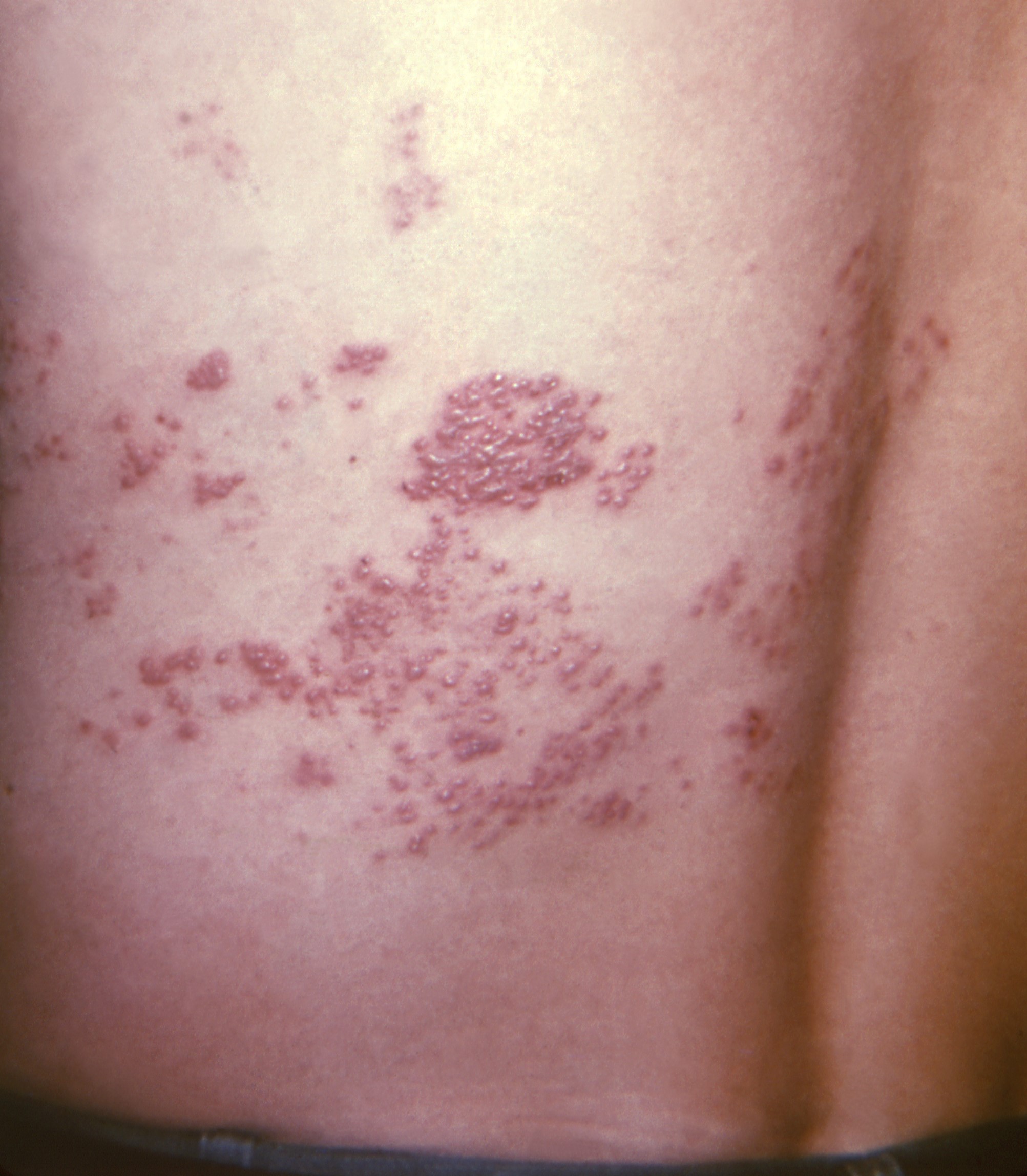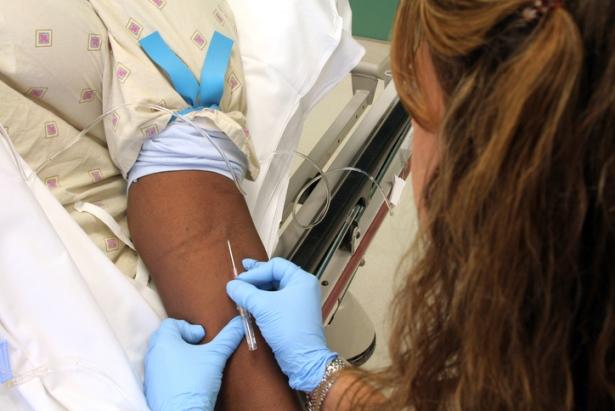
Another study suggests the herpes zoster (HZ) vaccine—also called the shingles vaccine—lowers the risk of a dementia diagnosis in the years following vaccination, according to findings published yesterday in JAMA.
The study is based on electronic health record data from Australia, and supports a study published earlier this month conducted in Wales showing a link between HZ vaccination and a lower risk of dementia
Beginning November 1, 2016, live attenuated HZ vaccination was provided free to Australians aged 70 to 79 years through primary care clinicians. Those who turned 80 just a few weeks before that were not eligible, creating a natural experiment of vaccinated and unvaccinated people with similar characteristics.
Lowered risk only for dementia
Eligibility for HZ vaccination (ie, being born shortly after versus shortly before November 2, 1936) was tied to a lower probability of receiving a new dementia diagnosis during the following 7.4 years by 1.8 percentage points (95% confidence interval [CI], 0.4 to 3.3)
Notably, being eligible for HZ vaccination did not affect the probability of receiving a diagnosis of common chronic conditions other than dementia.
It is possible that live attenuated HZ vaccination affects the dementia disease process through a pathogen-independent immunomodulatory pathway, a hypothesis that has been elaborated recently elsewhere.
"It is possible that live attenuated HZ vaccination affects the dementia disease process through a pathogen-independent immunomodulatory pathway, a hypothesis that has been elaborated recently elsewhere," the authors wrote.













